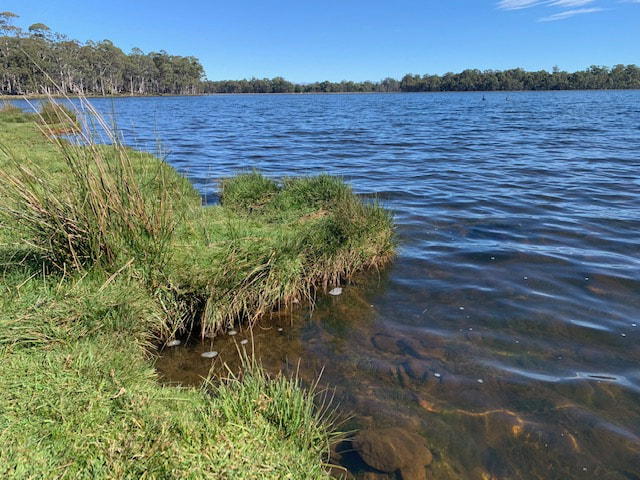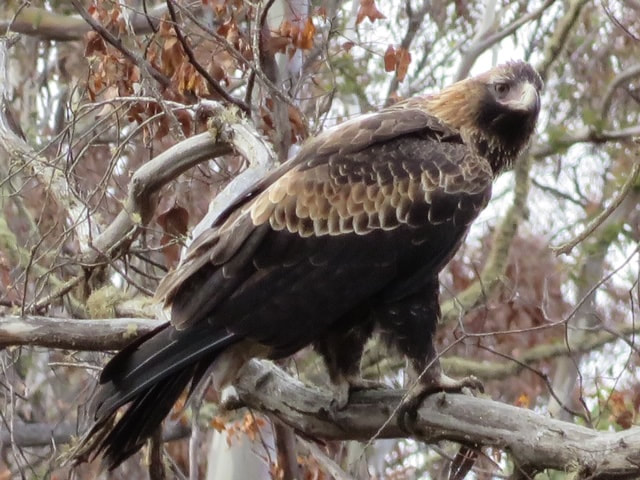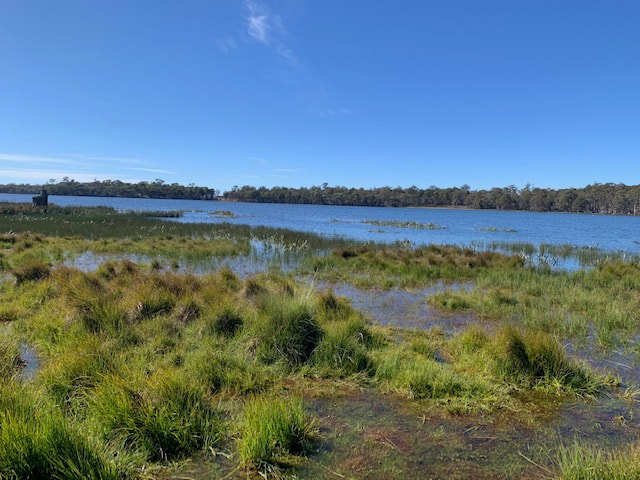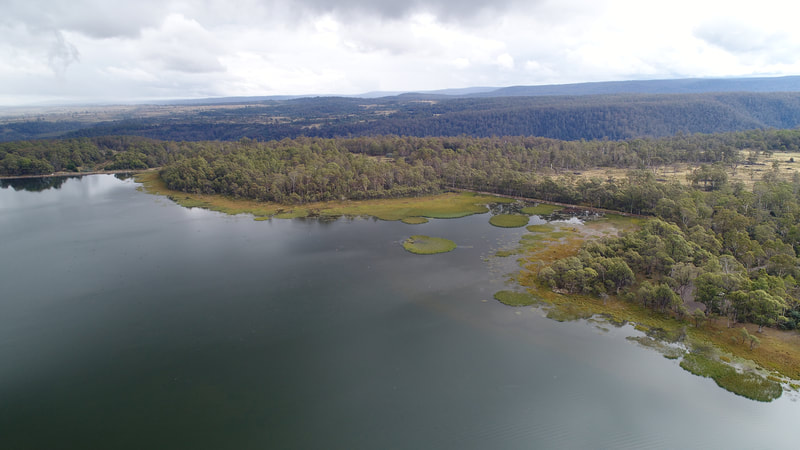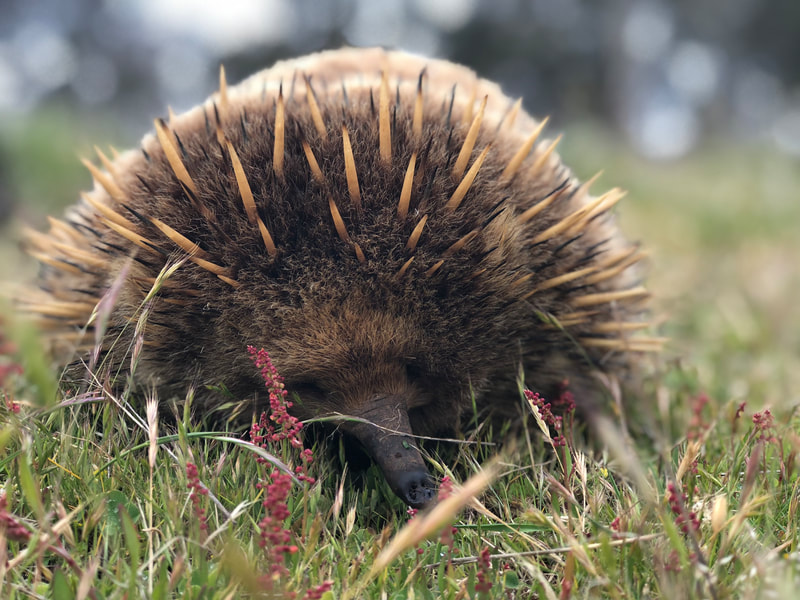The Central Highlands Council is holding a Special Meeting to consider the granting of a permit for the St Patricks Plains Wind Farm!
Bothwell Town Hall, Alexander St
this Tuesday 30 July at 10.00am
The meeting is open to the public - please come along.
Bothwell Town Hall, Alexander St
this Tuesday 30 July at 10.00am
The meeting is open to the public - please come along.


